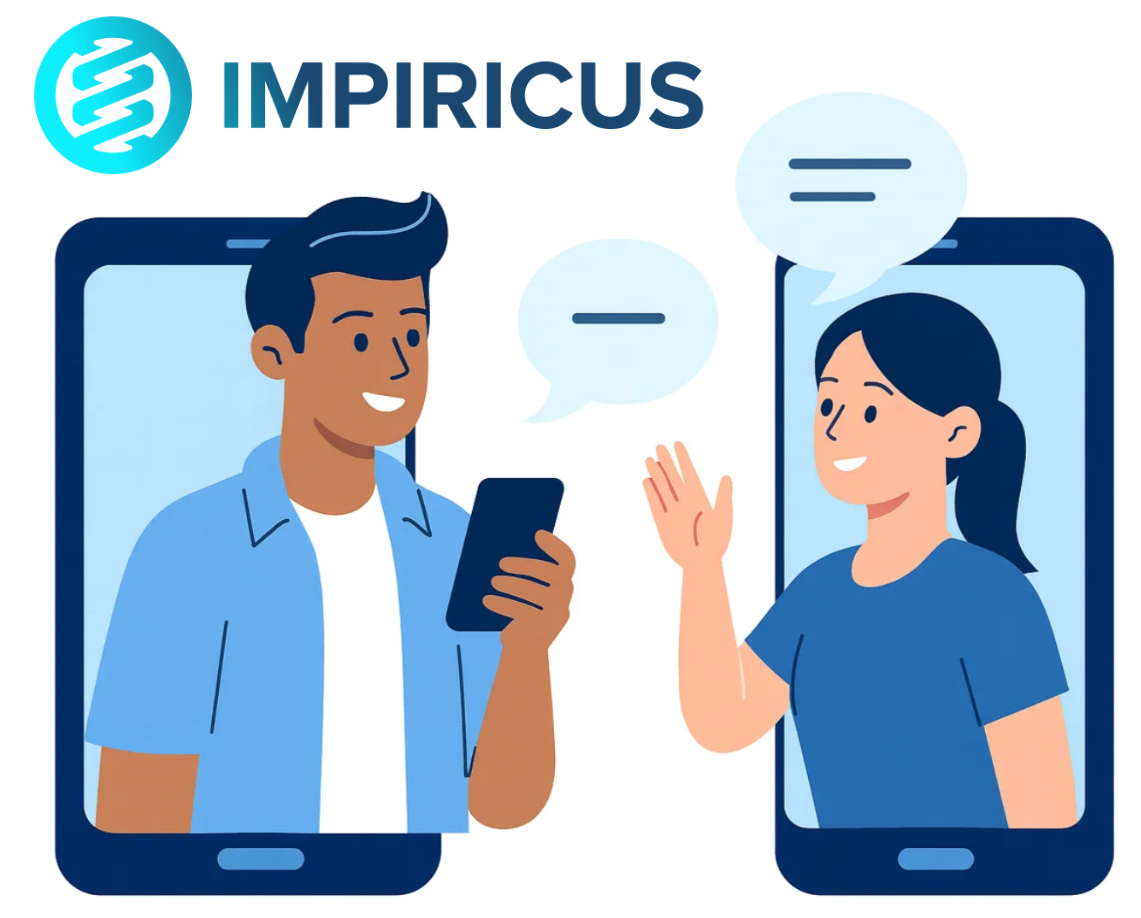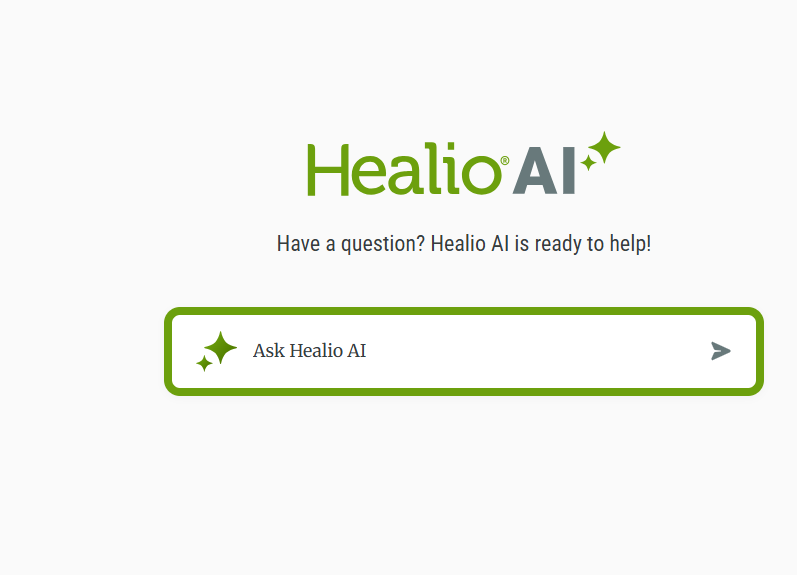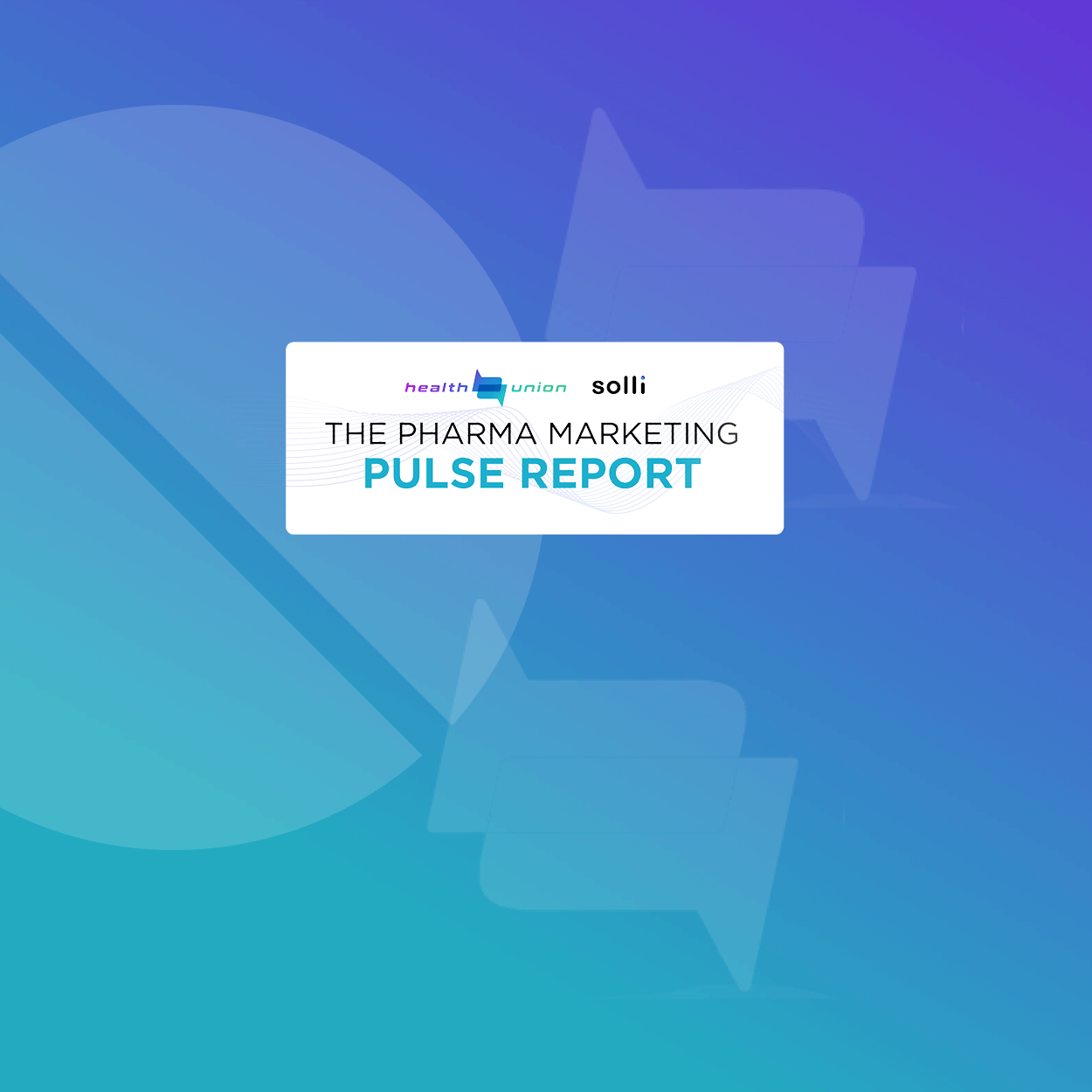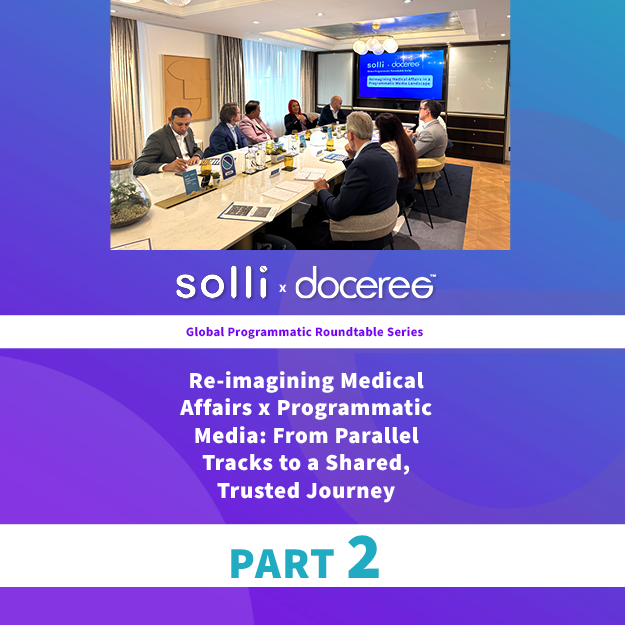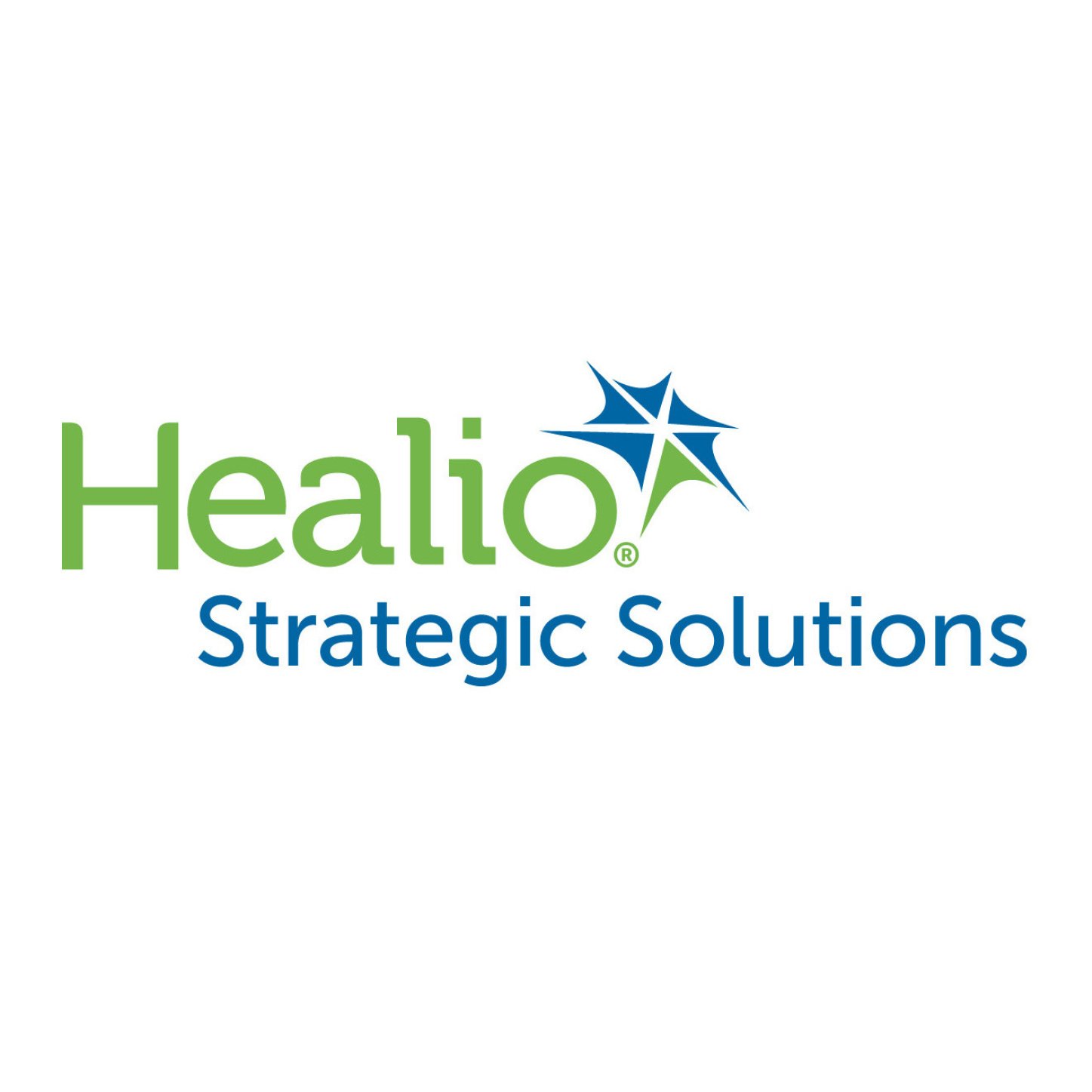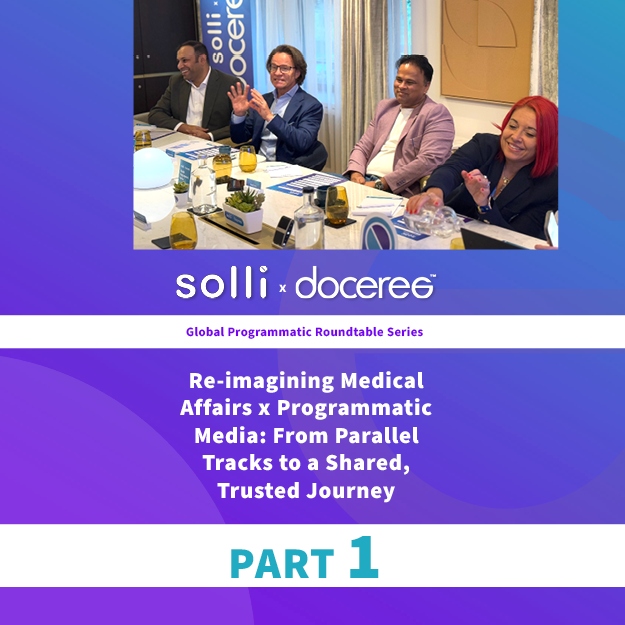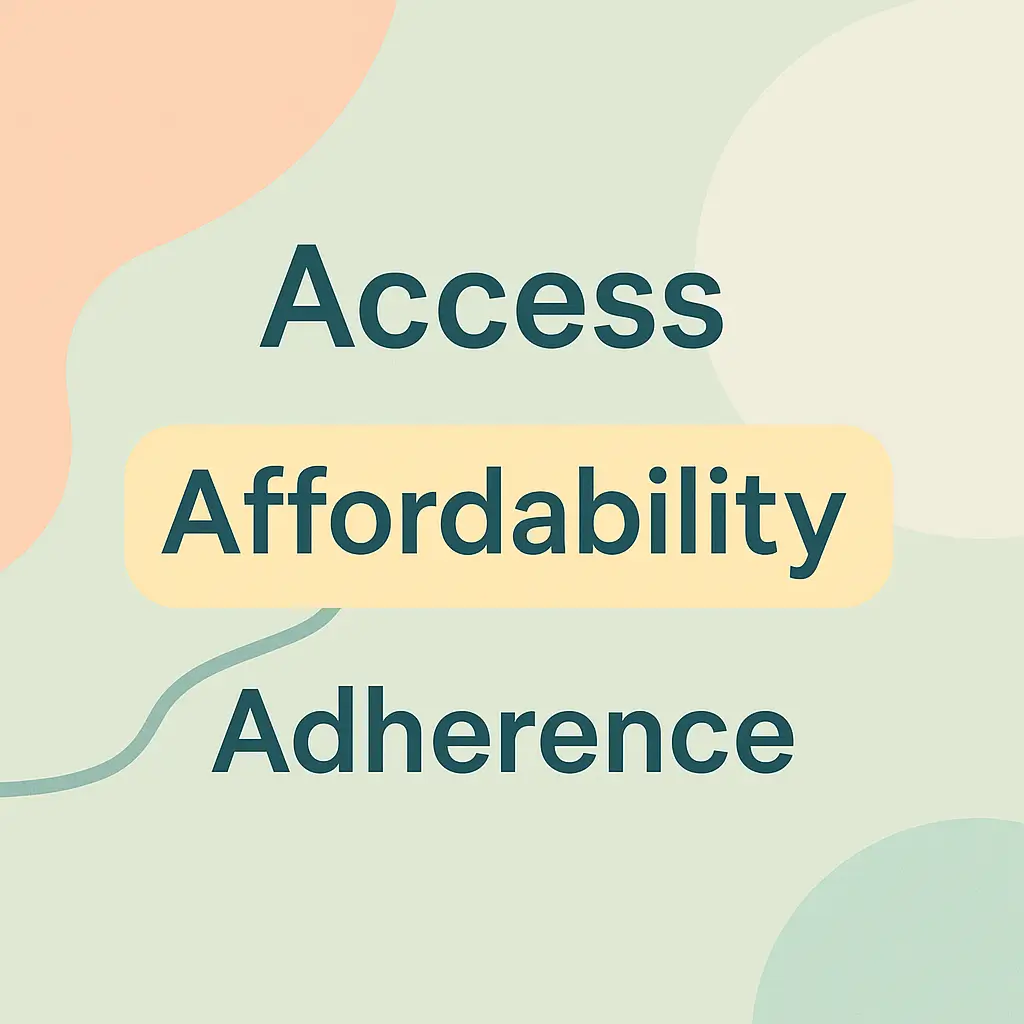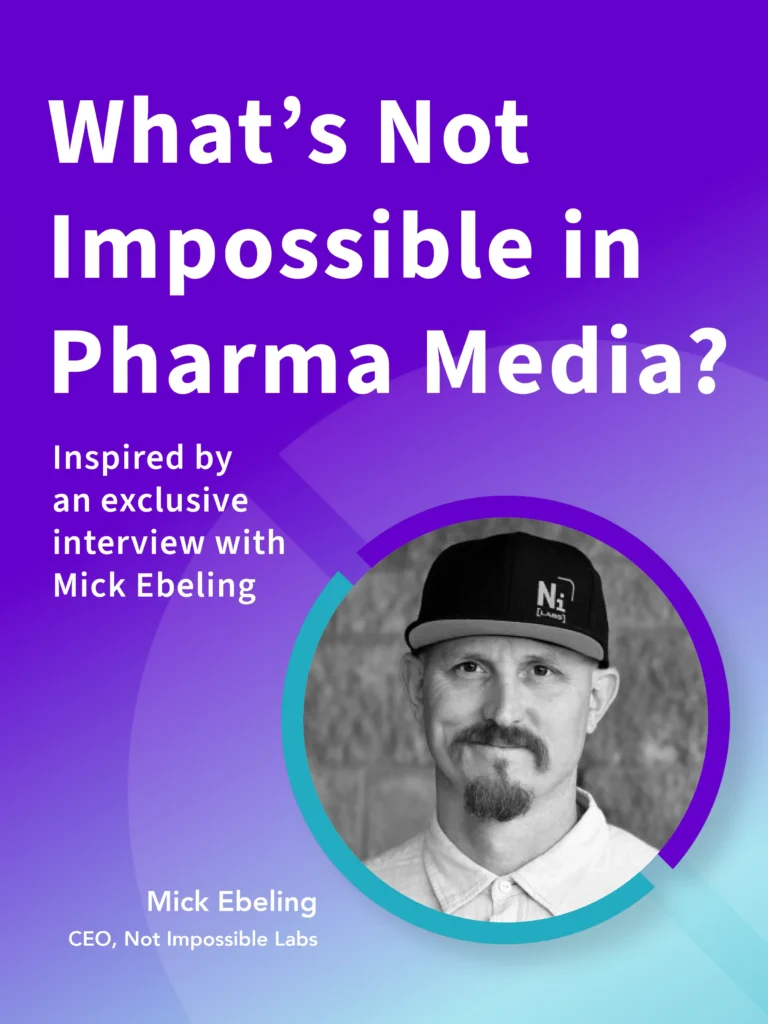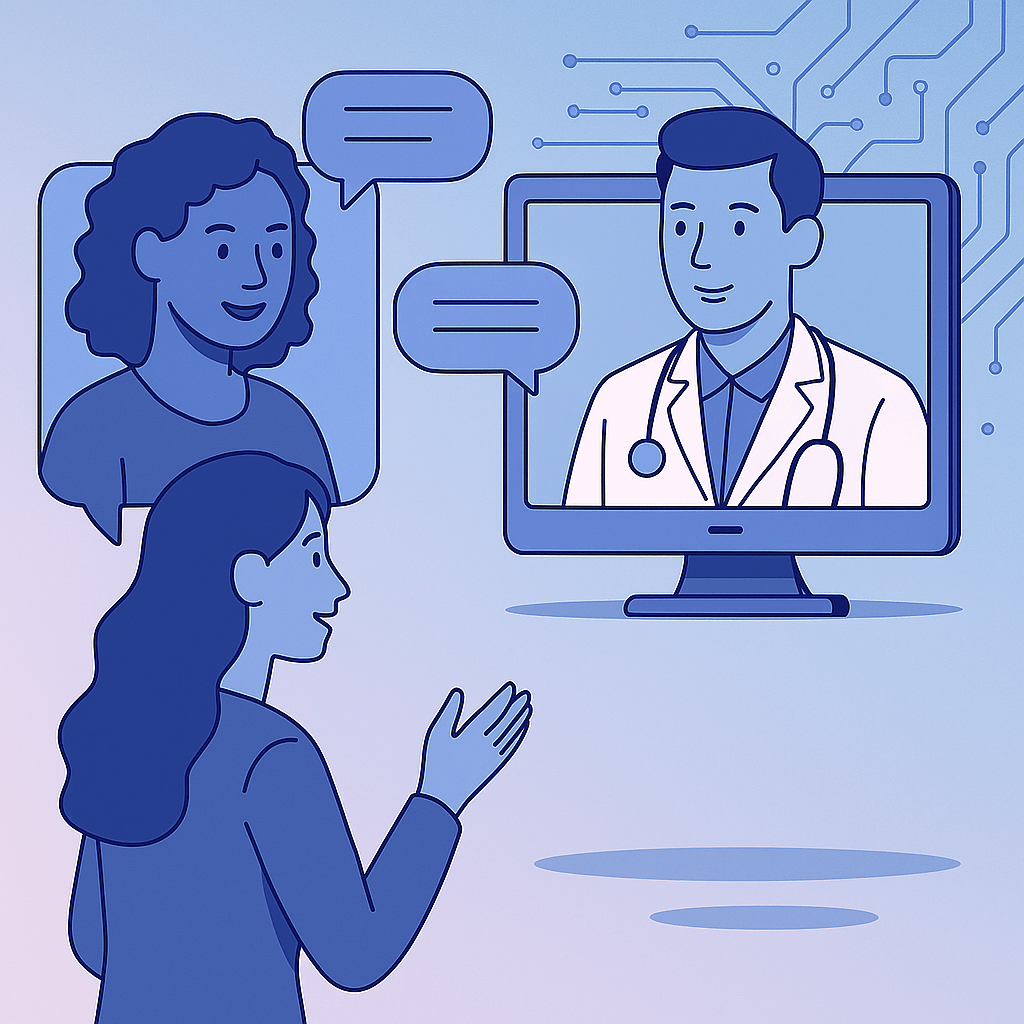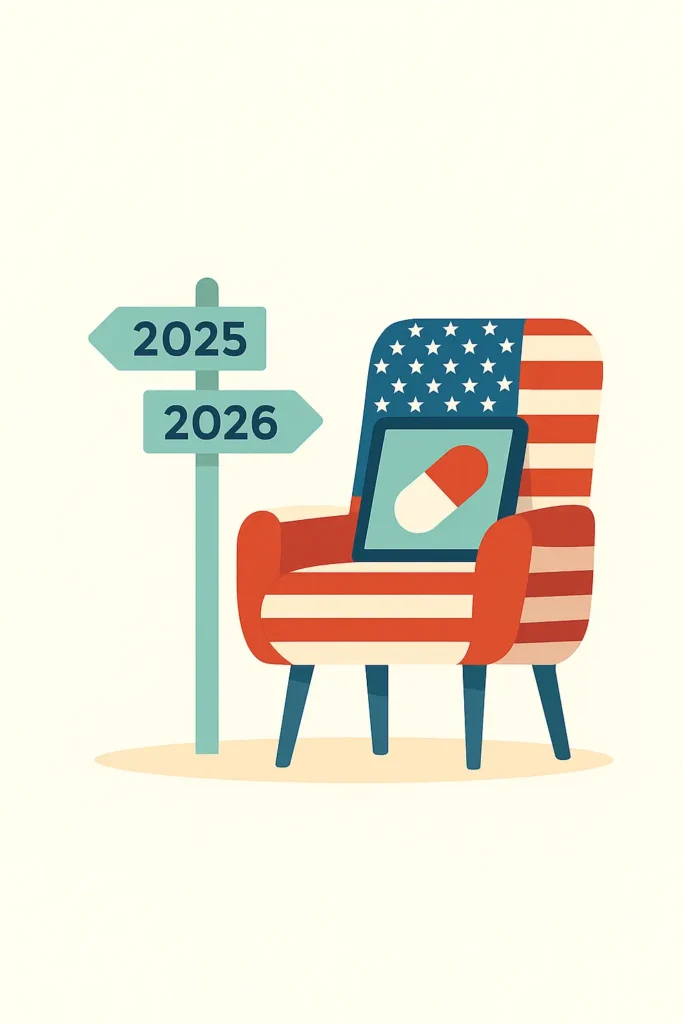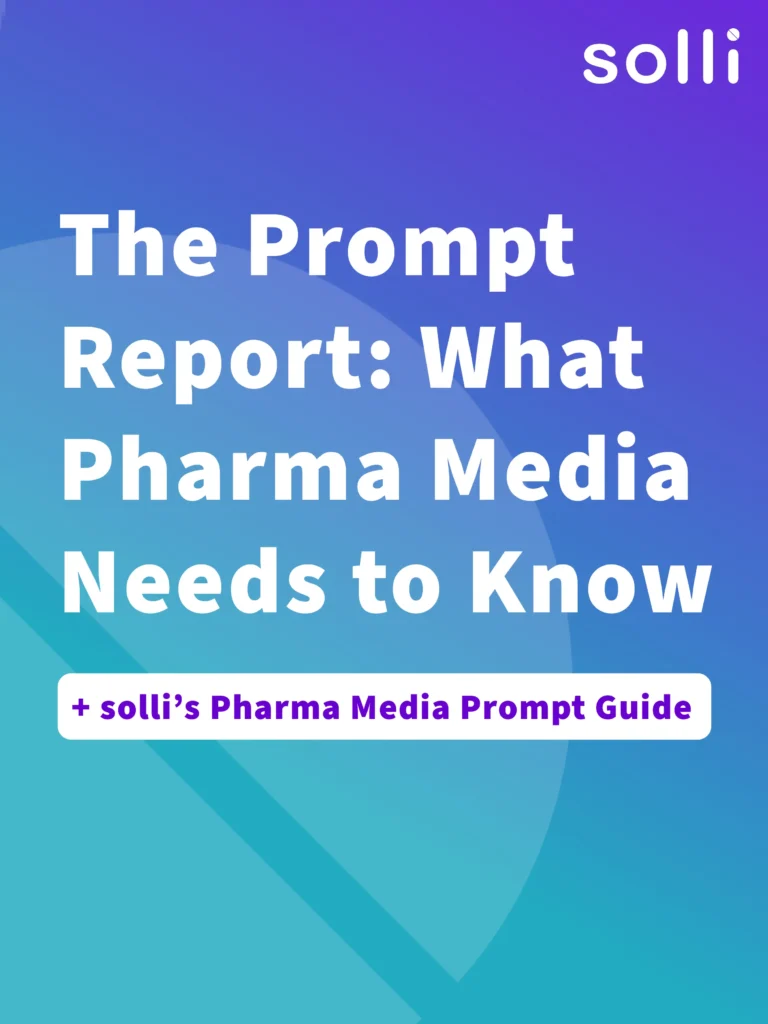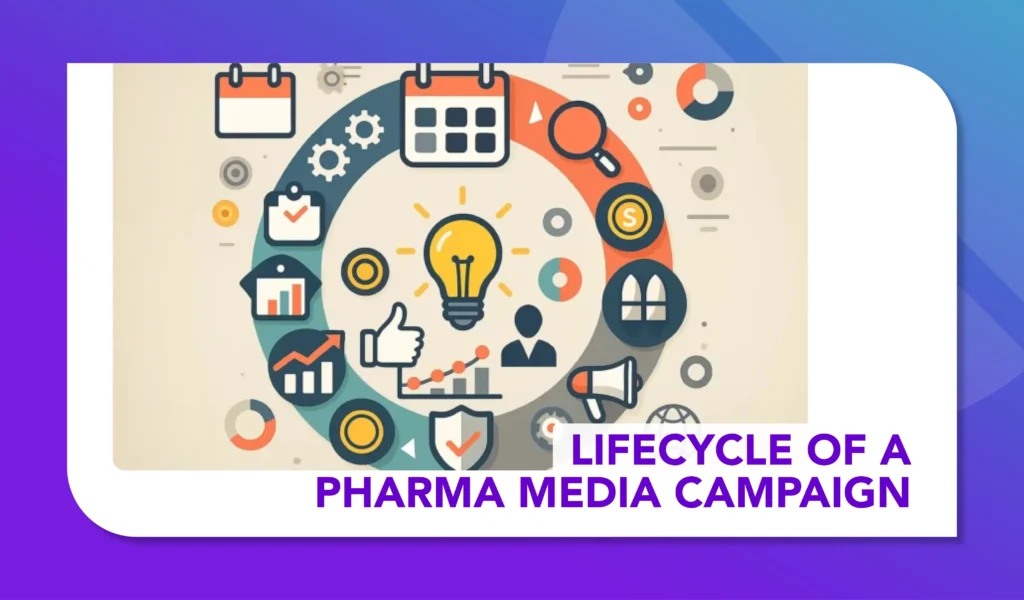Beyond the Prescription: How Pharma Ads Impact
solli’s take on MAGNA and DeepIntent's latest report on the far-reaching effects of pharma advertising in the US
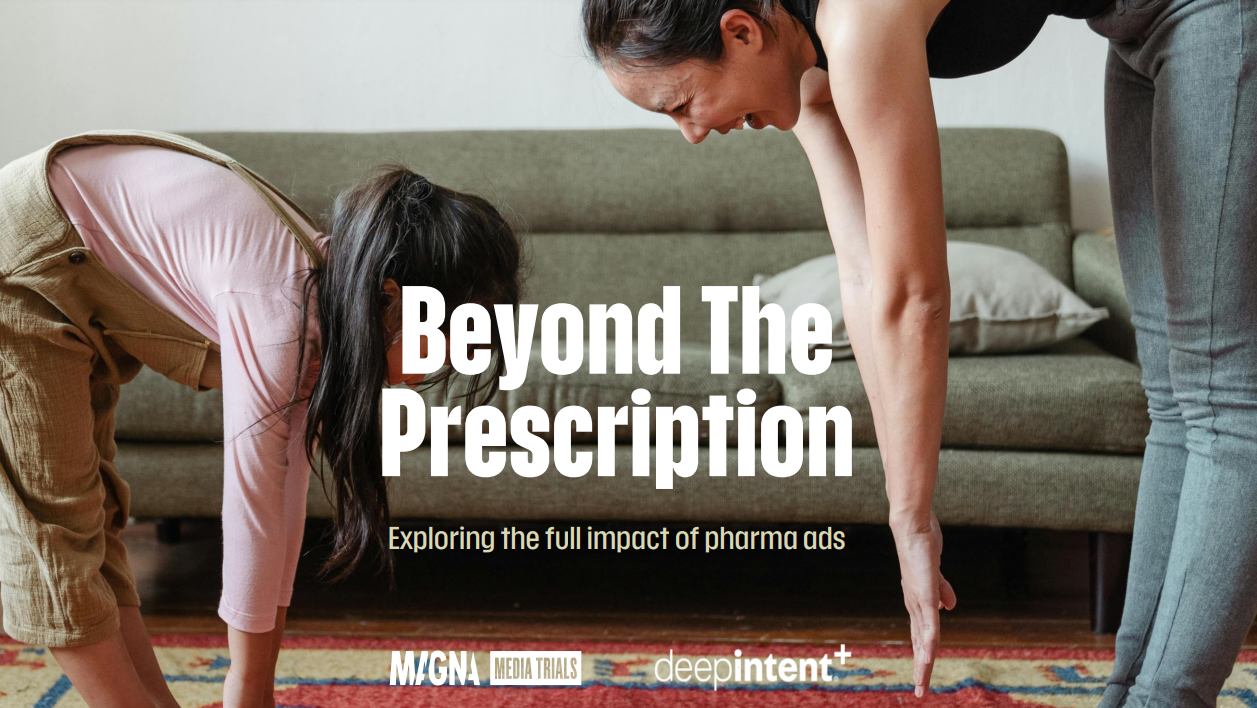
Pharma advertising in the US has traditionally focused on promoting specific medications, but a new study from MAGNA and DeepIntent explores whether these ads have a broader impact on patient awareness, health decisions, and outcomes. The Beyond the Prescription report surveyed over 1,000 patients and healthcare providers, uncovering how pharma messaging not only raises awareness but also empowers patients to take a more active role in their health management. As healthcare marketing becomes increasingly digital and data-driven, understanding the full impact of these ads is more crucial than ever.
In this article, we’ll explore the key findings from the report, which shed light on the influence of pharma ads across different demographics, their role in patient empowerment, and the potential for building greater trust and relevance in healthcare advertising.
Pharma Ads: An Educational Resource
The report found that 63% of patients learned about medications they were previously unaware of through pharma ads, proving that these ads serve as more than just brand-building tools—they play an educational role too. This is especially true for younger generations, with 61% of Gen Z and 62% of Millennials reporting they discovered new treatment options via pharma advertising.
In fact, 29% of patients consider pharma ads one of their primary sources for learning about new health conditions and treatments. This indicates a opportunity for pharma companies to expand their educational role, particularly in reaching younger, tech-savvy audiences who are more likely to engage with digital content.
Pharma Ads and Informed Decision-Making
A key finding in the report is how pharma ads help patients make informed health decisions. 48% of patients said that pharma ads helped them feel more informed about their health, and 55% discovered a health condition they didn’t know they had thanks to these ads. For many, these messages have real-world implications: 54% of patients noted that pharma ads helped them better manage an existing condition.
Doctor perspectives align with this, as 92% of healthcare providers agreed that pharma ads increase patient awareness of treatment options, and 91% said they improve patients’ understanding of their health conditions. This collaboration between patient awareness and physician expertise underscores the potential of pharma ads as tools that can complement medical advice and foster more proactive healthcare management.
Engaging Multicultural and Underserved Audiences
The report highlights that pharma ads are especially beneficial to multicultural audiences and patients with varying degrees of access to healthcare. For example, 68% of Black/African American patients and 65% of Hispanic/Latino patients reported discovering new health conditions through pharma ads—rates notably higher than their white counterparts.
Additionally, for those with limited healthcare access, pharma ads play a crucial role in disease awareness and management. The study revealed that patients with less access to healthcare were 67% more likely to better manage their health due to pharma ads compared to those with easier access to healthcare services. This suggests an opportunity for pharma companies to target underserved communities, using ads not just for promotion, but to bridge critical health information gaps.
Trust and the Role of Representation
Trust remains a key factor in the effectiveness of pharma ads. According to the report, patients who trust pharma messaging are far more likely to benefit from it. Those who trust pharma ads are more likely to better manage their health conditions and be open to receiving pharma messages. However, the report also revealed that only 31% of patients fully trust pharma messaging, indicating a clear opportunity for brands to build trust by emphasizing transparency, accuracy, and patient-centric communication.
One area of potential improvement is representation. While 69% of patients expect to see people like them in pharma ads, only 37% said they actually see relatable representation. This gap suggests that pharma brands could significantly increase ad relevance by featuring diverse patient stories and focusing on inclusion, which could, in turn, build greater trust.
solli’s Final Thoughts
The findings from MAGNA and DeepIntent’s Beyond the Prescription report communicates that pharma ads have a far-reaching impact beyond their traditional role in brand promotion. They can be educational tools, especially for younger and multicultural audiences, and play a vital role in helping patients better manage their health conditions.
However, building trust and ensuring representation remain crucial challenges for pharma brands. As the report shows, patients who trust pharma messaging are more likely to benefit from it, yet there is a gap in how trusted these ads are.
Moving forward, the key to success will lie in the ability of pharma companies to create ads that resonate with diverse audiences and build trust through transparency and inclusivity. The opportunity is clear: with better targeting, representation, and trust-building, pharma ads can continue to serve as essential tools for improving health outcomes, especially for underserved populations.
To download the full report click here.

